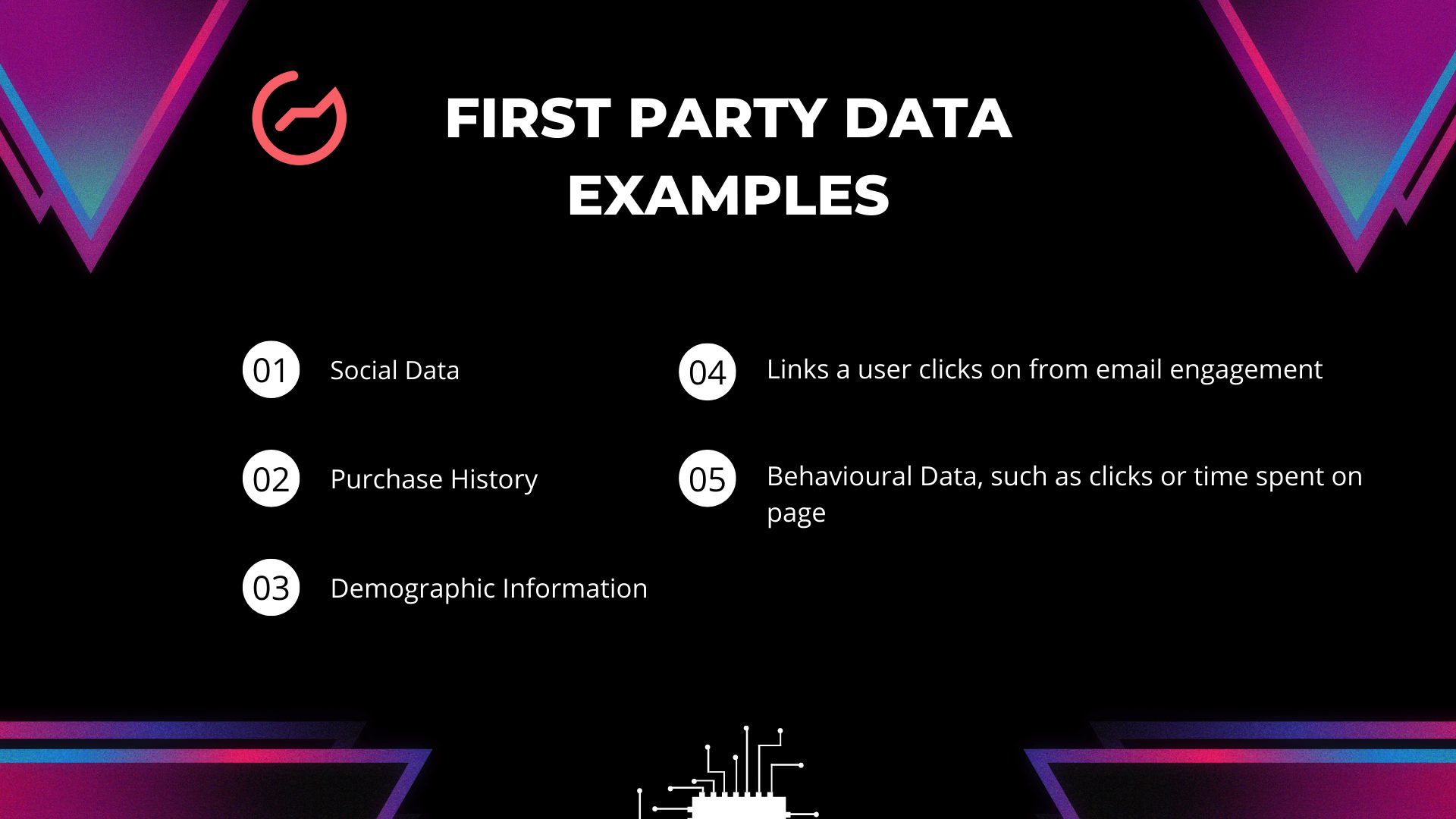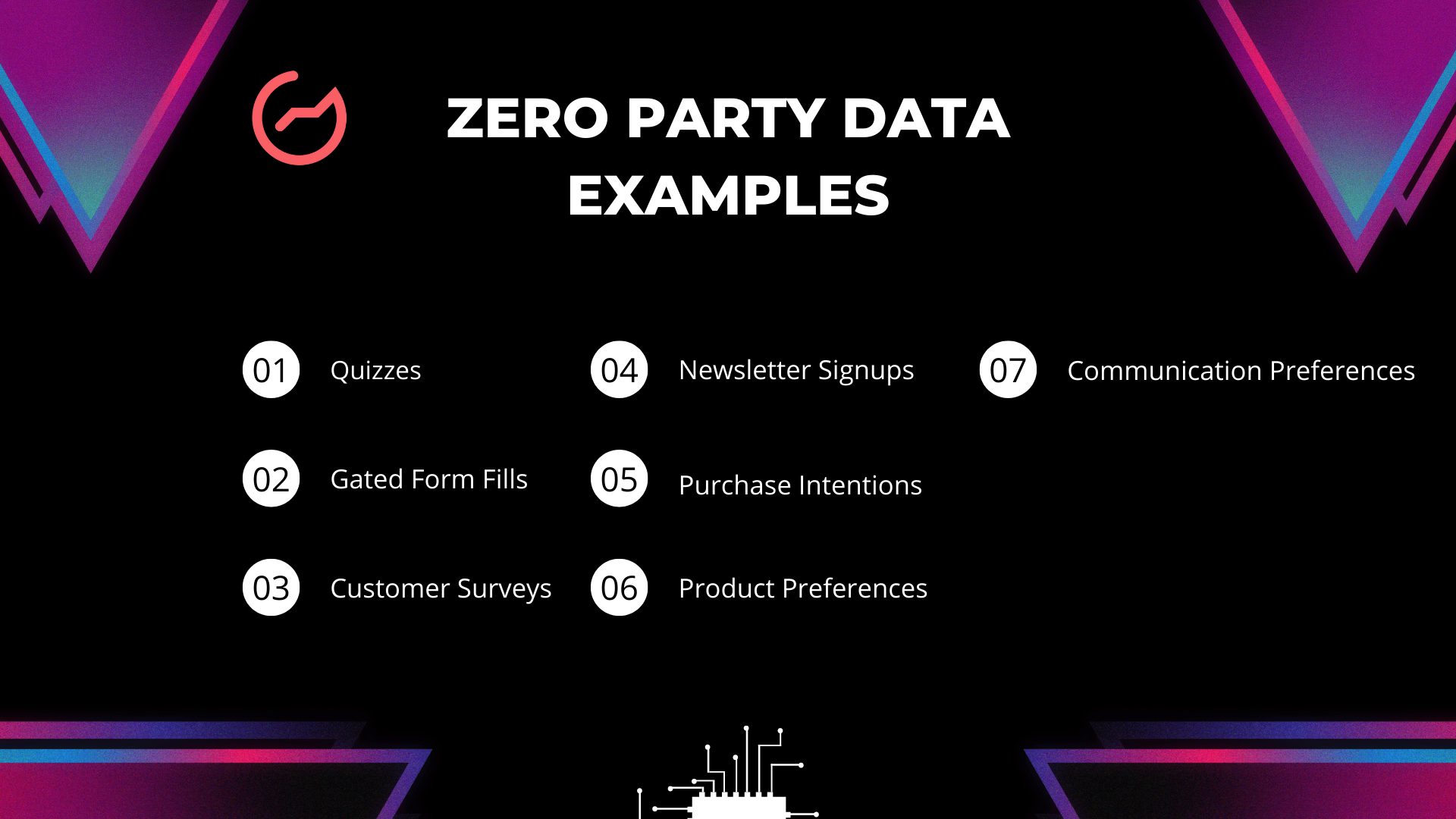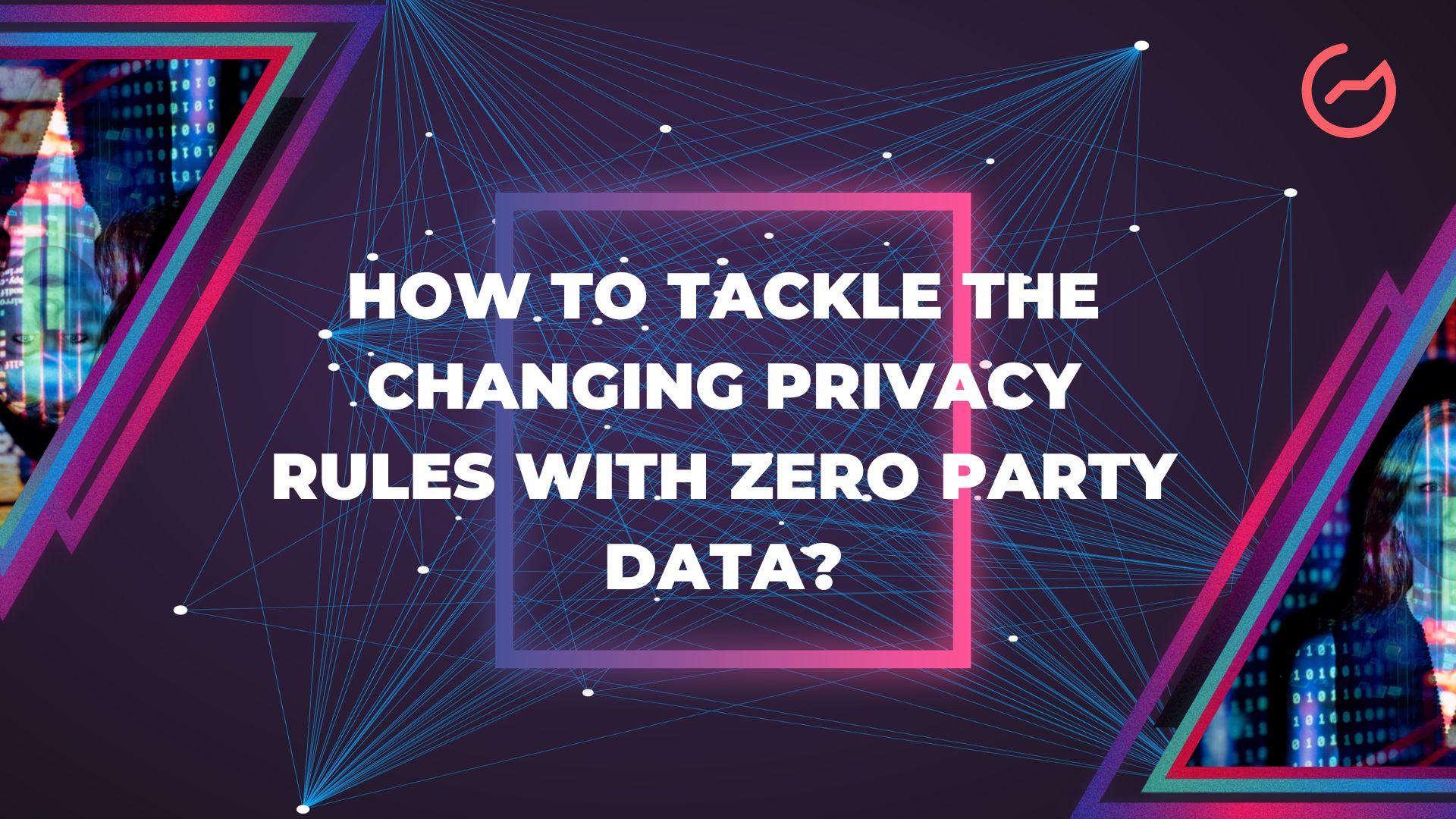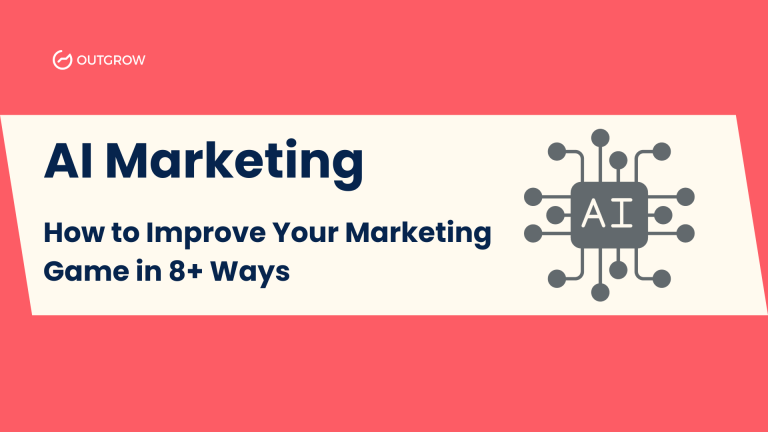How to Tackle the Changing Privacy Rules With Zero Party Data?
Table of Contents
The Facebook-Cambridge Analytica data breach scandal that broke 4 years ago brought privacy-related conversations to the forefront. Thanks to the growing awareness around this topic and the discomfort with the idea of being tracked and re-targeted, consumers have started questioning the legitimacy of using third-party cookies to collect data without their explicit permission. This is where zero-party data enters the scenario.
The demand for the protection of personal data is growing worldwide and governments and big companies have started taking note of the issue. Laws like the General Data Protection Regulation (GDPR) in Europe and the California Consumer Privacy Act (CCPA) are working to regulate the collection of personal information and provide better privacy rights to individuals. Today, Apple allows its customers to opt out of tracking by advertisers and Google is all set to withdraw Chrome’s support of third-party cookies by the end of 2023.
Hence, there’s no denying that stricter privacy laws are imminent going ahead and it’s about time we get equipped with our own data sources. So to make things smoother for you in the future, let’s walk you through everything that you need to know about zero-party data and how it works!
Let’s dive right in!
Change Is the Only Constant in Marketing
Let’s face it. The online landscape is in for a seismic change. And while greater protection for individuals is certainly welcome, brands and the advertising industry are in for a reckoning. They’re no longer going to be able to rely on third-party data for the demographic and behavioral inputs needed to formulate personalized marketing campaigns and run targeted ads.
What then? How are brands and advertising companies going to ensure transparency about the use of their consumers’ personal information? Where are they to find the data that can be the backbone of their marketing campaigns (Hint: It’s going to require overhauling their data solutions!)
Enter: Zero Party Data
In a recent article, Forbes enthusiastically declared, “Zero-party data is the new oil”! And for good reason, too. In a world where third-party tracking is soon going to become redundant (or extremely difficult, at the very least), this source of data is the most transparent method of collecting information about your consumers. A structured data collection solution that focuses on collecting information first-hand from the users can help brands and advertisers fill the void left by third-party cookies.
So what exactly is zero party data? It is nothing but the information collected from the consumer with their consent. Plain and simple.
Now you must be thinking,
“But isn’t that what first party data is all about?”, “Is zero party data the same as first-party data?”
“What’s with the confusing terminologies?”
To Understand Better, Let’s Take an Example
With so much information thrown at you, the confusion is understandable. So, let’s see if we can’t make things a bit clearer for you.
Any data gathered by brands from their systems and platforms, which would typically include the website, social media pages, and app using a Customer Data Platform (CDP) or Customer Relationship Management (CRM) system would be considered first party data. This data is owned by the brand and, depending on their privacy policies, is considered fairly safe and secure.
Here are some examples of first party data:

Zero-party data involves a direct form of interaction with the consumer and usually takes their permission before collecting it. Hence, this consent is what cements the relationship between the brand and the consumers, fostering trust and transparency. Also, since the information comes directly from the consumers, it’s accurate and reflects high consumer intent.
Here are some examples of zero party data:

The brand will use all this information to create customized marketing communication and show you products that are closer to your personal preferences. Their emailers, messages, and other forms of communication will start looking personalized. In short, you won’t receive information on products that are irrelevant.
The end result? The consumers don’t end up feeling like you’re being spammed. And the brand? It gets authentic data related to its audience, not to mention the sale of some products every now and then. It’s a win-win for everyone.
And that, my friends, is the magic of zero party data!
How can I see Zero-party Data in Action?
Having established that zero-party data is a ‘non-intrusive’ alternative to gathering reliable data on consumers, what are the means of collecting it?
You’ll be delighted to hear that choices are aplenty. Let’s check them out!
There’s a wide gamut of options that run from interactive quizzes and useful calculators to helpful product recommendations and in-depth surveys that you can use to make data collection easy and engaging for consumers.
Here’s a quick list of all the content types you can experiment with-
- Calculators
- Product Recommendations
- Quizzes
- Chatbots
- Assessments
- Forms & Surveys
- Giveaways & Contests
- Polls
Convenient, no-code tools like Outgrow have simplified the process of creating interactive content types like these. Even the most non-technical individual can now easily integrate these options into their websites, mailers, and newsletters, and digitally interact with their buyers.
But, is it really easy to replace the golden egg that was third party data? You’d be surprised!
Zero party data brings with it a host of advantages, and we can’t think of a single drawback to factoring it into your marketing strategy. Here’s why:
Advantages of Using Zero-party Data
1. Accurate and Reliable Data
The data you collect comes straight from the horse’s mouth (or your consumers’ keyboard, to be precise!). Therefore, you can say that it’s accurate and reliable.
2. High-quality Data
It’s high-quality data, and you won’t have to deal with issues like poor targeting, non-performing ads, and high bounce rates. Isn’t that a relief?
3. Steady Supply of Information
The supply of data can be steady. Your customer volunteered data in return for a customized user experience. They loved it! And they’re likely to provide more information if you’re polite about it. Why wonder what flavor of ice cream the customer likes when you can just ask them nicely?
4. Fosters Trust
Using zero party data sources helps foster trust. The very fact that you’re not tracking customers creepily but requesting information like a gentleman creates transparency. In other words, consumers are happy to share their data with you if they see a clear benefit to it.
5. No Compliance-related Issues
With zero party sources, you will never have to worry about being on the wrong side of compliance. Once you openly declare the source of your data and the manner in which it is being collected, you’re in the safe zone. In fact, if you start early enough, you’ll be able to future-proof your business against upcoming privacy laws.
By implementing a comprehensive data security policy, you can ensure that your data collection practices are transparent and compliant with current and upcoming regulations. This proactive approach will not only minimize legal risks but also build trust with users and stakeholders.
What Does the Future Look Like?
We’d say ‘promising’!
There’s no shying away from the fact that brands and advertisers are going to be massively affected by the rising demand for more stringent privacy laws. However, if marketers are determined to forge meaningful relationships, zero party data gives them the means to cement that.
But before they get started with collecting zero-party data, there are a few things they should keep in mind. Don’t launch full throttle into a strategy to collect data without thinking things through.
Start by Asking Yourself These Questions
- Which data points need improvement?
- What mode of interaction are you going to use (calculators, quizzes, surveys, graders) and how often?
- What kind of data interactions would your audience like (older demographics might be keen on surveys and the younger generation like quicker, more fun options, like quizzes)?
Once you get into the process, you should try to avoid overwhelming users with too many interactions. Do not ask questions that have no purpose or aren’t important for your marketing campaign. Because the moment you start crowding your consumers, you’re breaking the trust they placed in you and that would just defeat the entire purpose of this exercise.
Conclusion
There’s no denying it now. Zero party is all set to be the guiding force that will reshape marketing strategy in the near future. Interactive content across various platforms, like websites, landing pages, emailers, and messages, will prove to be a treasure chest that will yield phenomenally better results than third party cookies.
The key lies in knowing how to create engaging content and using it to your advantage. Over time, you’re likely to pick up the finer points of this art and efficiently collect valuable audience insights in no time; that too, with their consent.
However, if you’re a firm believer in “Why waste time?” and “Let’s get started right away!”, Outgrow will prove to be a valuable resource. From fun polls and quizzes to useful calculators and surveys, there’s a plethora of content that your audience will love interacting with and your marketing department will thank you for. So, give Outgrow a shot. We guarantee that you will be hooked in no time at all!





